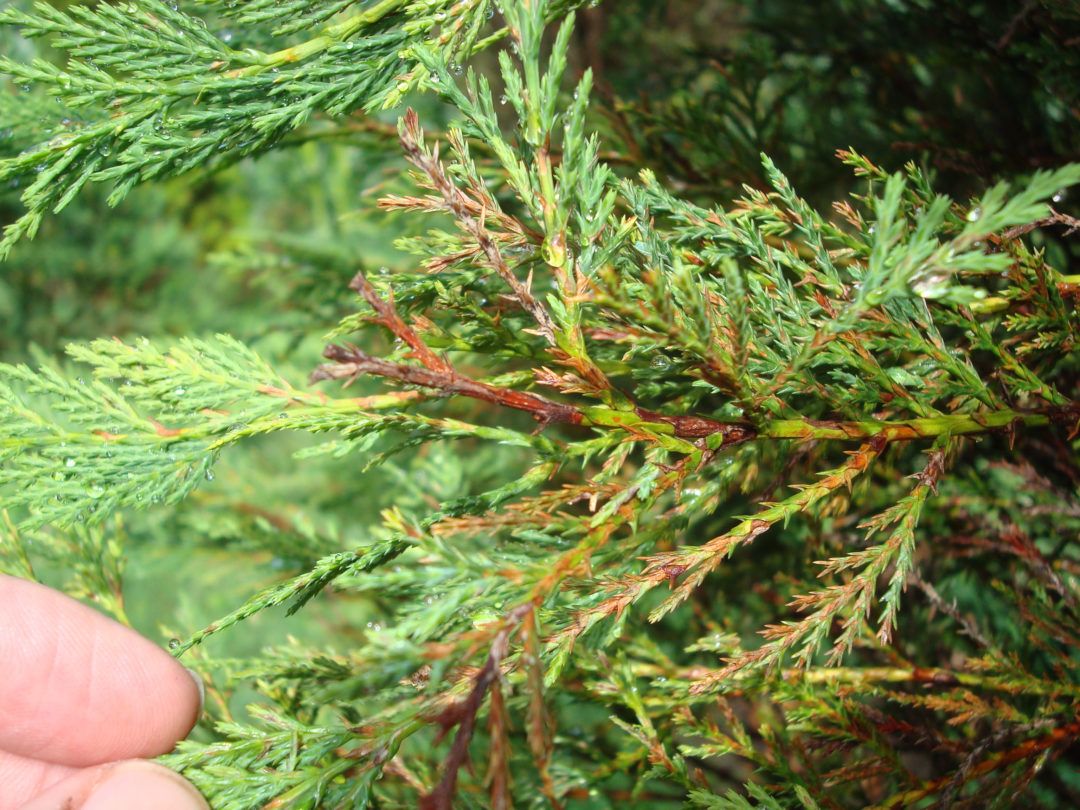

Decreasing feed and energy intake is a common coping mechanism for cattle when they experience an excessive heat load. Relative to steers raised under thermoneutral conditions, steers exposed to an excessive heat load had elevated body temperatures and a reduced feed and energy intake after being switched to the 10% forage diet. During the 17-day transition period to a finishing diet, steers were transitioned from a diet containing 55% forage to 40%, to 25%, and finally 10%, with diet changes occurring after 5, 5 and 7 days. These experimental results demonstrated that limit-feeding can be used as a strategy to mitigate heat stress in cattle.Īdditionally, forage inclusion in the diet can help reduce body temperatures as well, even though forages have a higher heat increment during digestion compared with grains and fat. Steers fed the HE diet had greater respiratory rates, body temperatures and signs of greater heat stress, compared with steers fed RE and HF diets. Steers fed the RE and HF diets also drank the greatest amount of water, which can have beneficial cooling effects.

However, under hot conditions where steers experienced an excessive heat load, steers fed the RE diet maintained their feed and energy intake (-4.6%), while steers fed the HE diet decreased 15% and the HF diet decreased 18%. This resulted in a greater energy intake for steers fed the HE diet compared with steers fed the RE and HF diets. Under thermoneutral conditions, steers fed the HE and HF diets had a greater feed intake compared with steers that were fed the RE diet. ad libitum of a grain-based diet containing 28% forage (high forage HF)Īll cattle were housed in a climate-controlled facility to induce either thermoneutral or excessive heat load conditions.ad libitum (free-choice) of a grain-based diet containing 6% forage (high energy HE), the same grain-based diet with 6% forage at 90%.
LIRULA NEEDLE BLIGHT PROFESSIONAL
In a research study conducted by Mader and others, published in The Professional Animal Scientist journal, performance of cattle exposed to an excessive heat load versus thermoneutral conditions was recorded. Energy intake and different feedstuffs (i.e., grain, forage, fat) can have differing effects on cattle performance and physiological responsiveness to elevated temperatures and excessive heat loads. If cattle are unable to dissipate the excessive heat load experienced, hyperthermia can occur and cattle health will suffer.Ĭattle nutrition can be managed in a way that has the potential to change the metabolic heat produced by the animal. The total heat load experienced by cattle is the combination of metabolic heat produced and absorption of heat from the environment.
LIRULA NEEDLE BLIGHT SKIN
If the temperature is higher than their normal skin temperature, cattle lose heat in less effective ways, by evaporation via the skin or respiration via panting. Cattle dissipate heat to their surroundings through conduction, convection and radiation when the ambient temperature is less than that of their skin. However, different nutritional management decisions can be used as cost effective strategies to help mitigate heat stress for cattle.Ĭattle produce a metabolic heat load from tissue metabolism and homeostasis, activity and fermentation of feed in the digestive tract. Some of these options may be limited due to facility design and energy or resource cost. Producers must consider amenities such as shade structures to escape from the sun, air flow that can be created naturally or artificially with fans and the possible use of sprinklers to allow for evaporative cooling. With the idea of cattle producers having some protection to mitigate environmental stressors, let’s focus for a moment more specifically on heat stress. Factors such as hair coat thickness, hide color, degree of fatness and cleanliness, along with environmental factors such as being wet, relative humidity, or exposure to the wind can change the range of temperatures representing the thermoneutral zone of cattle. The thermoneutral zone is where cattle do not have to expend extra energy to maintain their regular body temperature. In the Upper Midwest region, it is probably fair to say a greater number of cattle producers have a structure of some form to provide cattle with an escape or protection from the sun, wind or precipitation. Cattle facilities vary in design and amenities, particularly by location, regarding the protection and comfort provided to the animal from these environmental elements. In the Upper Midwest, we get to experience the extremes on both ends of the temperature spectrum, from extremely cold and wet winters to extremely hot and humid summers. Cattle are often viewed as hardy creatures because they spend their lives outdoors exposed to a vast range of temperatures and environmental conditions.


 0 kommentar(er)
0 kommentar(er)
